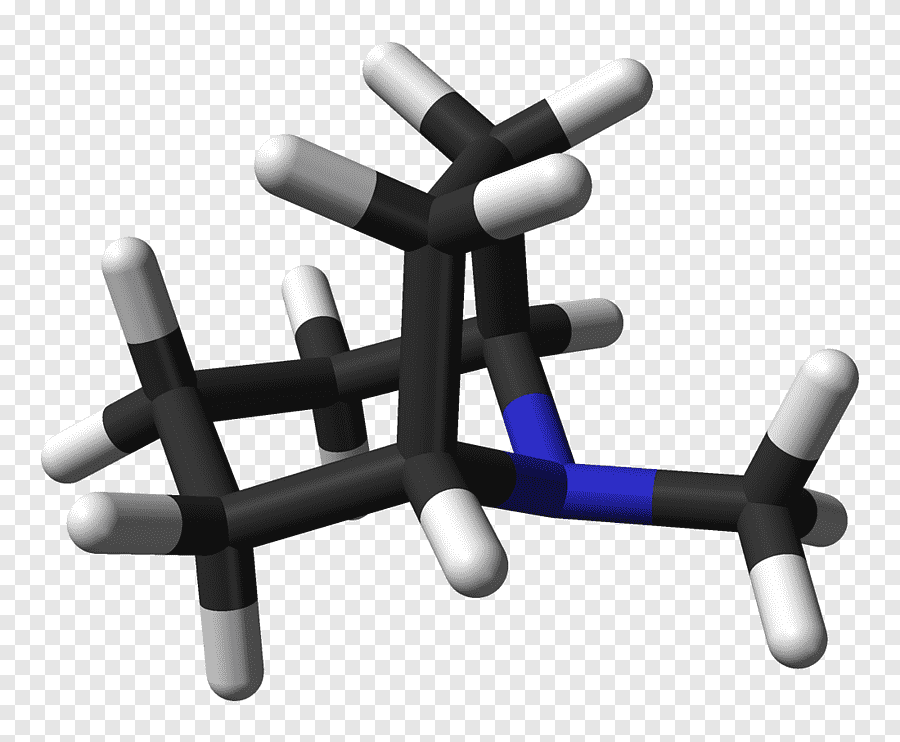A critical review of 3-(p-Fluorobenzoyloxy)tropane research chemical sellers sheds light on the intricate and potentially risky landscape surrounding online vendors of designer drugs.
One of the foremost concerns is the need for proper regulation and oversight in the online marketplace for research chemicals like 3-(p-Fluorobenzoyloxy)tropane. These sellers often operate within legal grey areas, exploiting loopholes in drug laws to distribute substances without rigorous quality control or safety measures. This exposes buyers to the problematic prospect of obtaining impure, adulterated, or contaminated products, posing severe health hazards.
The reliability and credibility of these sellers also come under scrutiny. Given the evolving nature of designer drugs, many vendors may need more knowledge or expertise concerning the substances they offer. This knowledge gap can result in accurate product descriptions, proper dosage recommendations, and the dissemination of misleading information about the effects of these compounds.
Additionally, some 3-(p-Fluorobenzoyloxy)tropane sellers employ dubious marketing tactics, labeling their products as “research chemicals” or “legal highs.” Such terminology can foster a false sense of security for potential buyers. However, the legal status of these substances can be uncertain, potentially placing individuals in legal jeopardy.
Ethical considerations also loom large in this context. Selling research chemicals like 3-(p-Fluorobenzoyloxy)tropane without providing comprehensive information on potential risks and guidelines for responsible use reflects a lack of responsibility toward the well-being of consumers.
- 1 SUMMARY
- 2 Legal status
- 3 FAQ
- 3.1 1. What is 3-(p-Fluorobenzoyloxy)tropane?
- 3.2 2. How potent is 3-(p-Fluorobenzoyloxy)tropane compared to cocaine?
- 3.3 3. What are the main applications of 3-(p-Fluorobenzoyloxy)tropane?
- 3.4 4. What are “bath salt” powder products, and how is 3-(p-Fluorobenzoyloxy)tropane used in them?
- 3.5 5. Is 3-(p-Fluorobenzoyloxy)tropane safe to use?
- 3.6 6. Is 3-(p-Fluorobenzoyloxy)tropane legal?
- 4 References
SUMMARY
3β-(p-Fluorobenzoyloxy)tropane, also known as 8-Methyl-8-azabicyclo[3.2.1]oct-3-yl 4-fluorobenzoic acid ester, pFBT, or 4-fluorotropacocaine, is a tropane derivative drug. It primarily functions as a local anesthetic and exhibits approximately 30% of the stimulant potency of cocaine while possessing similar local anesthetic effects. Although it has been considered a potential radiolabeled agent for studying receptor binding, it did not find widespread adoption.
The primary application of fluorotropacocaine has been in the realm of designer drugs, which serve as an analog of cocaine. Its presence was first detected by the European Monitoring Centre for Drugs and Drug Addiction (EMCDDA) in 2008. Subsequently, it has been marketed as an ingredient in various “bath salt” powder products. These products often contain a combination of stimulant drugs, including caffeine, dimethocaine, desoxypipradrol, or substituted cathinone derivatives, alongside fluorotropacocaine. It’s essential to note that the composition of these products can vary significantly, making them unpredictable and potentially hazardous.
Fluorotropacocaine’s emergence as a designer drug underscores the ongoing challenges in regulating and monitoring substances with psychoactive properties. Due to the lack of comprehensive safety data and the potential for adverse effects, its use and sale in these contexts raise significant health concerns and legal implications.
As with any substance with psychoactive properties, individuals are strongly encouraged to prioritize their health and safety, stay informed about the legal status of such compounds in their region, and exercise caution when considering their use.
| Identifiers | |
|---|---|
| show IUPAC name | |
| CAS Number | 172883-97-5 |
| PubChem CID | 5147770 |
| ChemSpider | 4321292 |
| UNII | MQP3G94388 |
| Chemical and physical data | |
| Formula | C15H18FNO2 |
| Molar mass | 263.312 g·mol−1 |

Legal status
| Legal status | DE: Anlage II (Authorized trade only, not prescriptible) |
|---|
FAQ
1. What is 3-(p-Fluorobenzoyloxy)tropane?
- 3-(p-Fluorobenzoyloxy)tropane, or 4-fluorotropacocaine or pFBT, is a tropane derivative drug. It possesses both stimulant and local anesthetic properties.
2. How potent is 3-(p-Fluorobenzoyloxy)tropane compared to cocaine?
- 3-(p-Fluorobenzoyloxy)tropane exhibits approximately 30% of the stimulant potency of cocaine. However, it shares a similar potency as a local anesthetic.
3. What are the main applications of 3-(p-Fluorobenzoyloxy)tropane?
- While it was investigated as a potential radiolabeled agent for studying receptor binding, it was not widely adopted. Its primary application has been as a designer drug analog of cocaine, often found in “bath salt” powder products.
4. What are “bath salt” powder products, and how is 3-(p-Fluorobenzoyloxy)tropane used in them?
- “Bath salt” products are synthetic substances marketed as legal alternatives to illicit drugs. 3-(p-Fluorobenzoyloxy)tropane is sometimes included as an ingredient in these products. However, the specific composition of “bath salt” products can vary and may contain a combination of stimulant drugs.
5. Is 3-(p-Fluorobenzoyloxy)tropane safe to use?
- The safety of 3-(p-Fluorobenzoyloxy)tropane is a concern, mainly when used in designer drug products. These substances lack comprehensive safety data, and their effects can be unpredictable and potentially hazardous. Its use is discouraged.
6. Is 3-(p-Fluorobenzoyloxy)tropane legal?
- The legal status of 3-(p-Fluorobenzoyloxy)tropane varies by country and jurisdiction. It is essential to check local laws and regulations regarding its possession, sale, or use.
References
- Ali M. Emran. New Trends in Radiopharmaceutical Synthesis, Quality Assurance, and Regulatory Control. Springer, 1991. p84. ISBN 0-306-44035-0
- ^ Wohlfarth A, Weinmann W (May 2010). “Bioanalysis of new designer drugs”. Bioanalysis. 2 (5): 965–79. doi:10.4155/bio.10.32. PMID 21083227.
- ^ Kavanagh P, Angelov D, O’Brien J, Fox J, O’Donnell C, Christie R, et al. (January 2012). “The syntheses and characterization 3β-(4-fluorobenzoyloxy)tropane (fluorotropacocaine) and its 3α isomer”. Drug Testing and Analysis. 4 (1): 33–8. doi:10.1002/dta.362. PMID 22102564.
- ^ Reitzel LA, Dalsgaard PW, Müller IB, Cornett C (May 2012). “Identification of ten new designer drugs by GC-MS, UPLC-QTOF-MS, and NMR as part of a police investigation of a Danish internet company”. Drug Testing and Analysis. 4 (5): 342–54. doi:10.1002/dta.358. PMID 22102551
